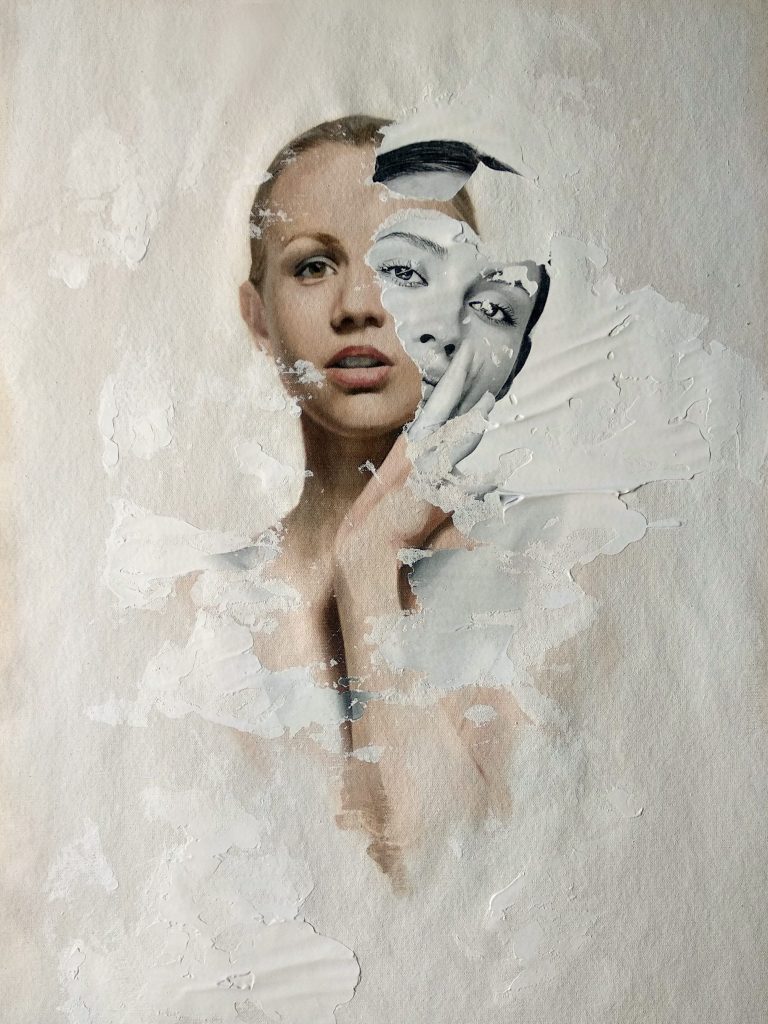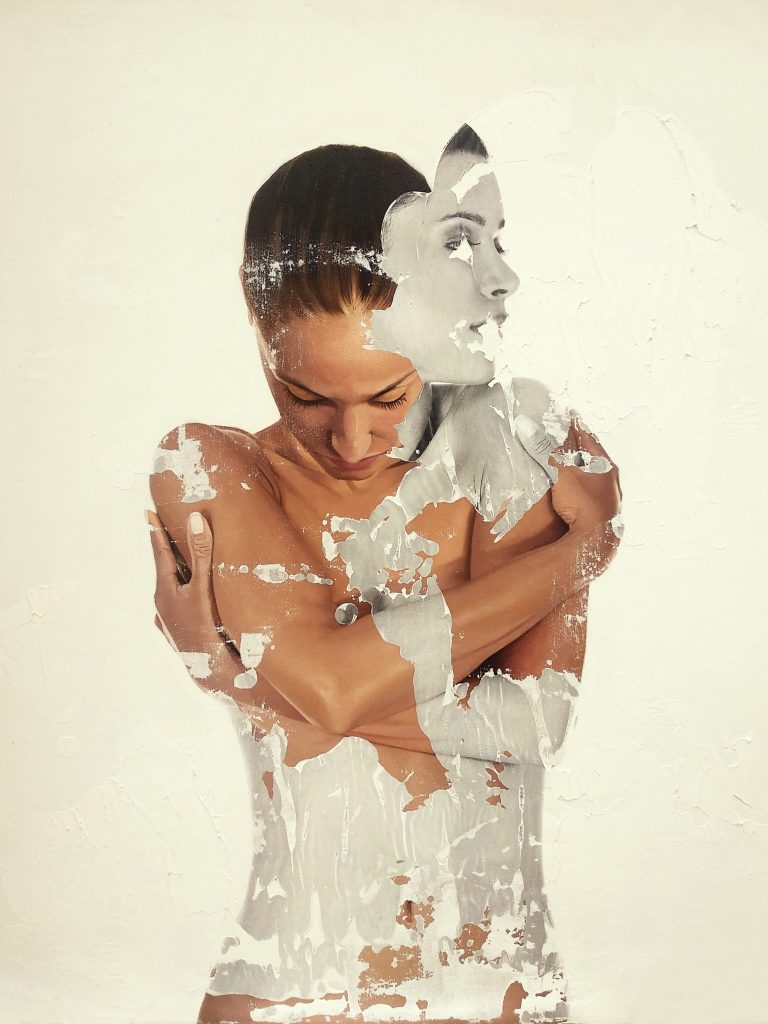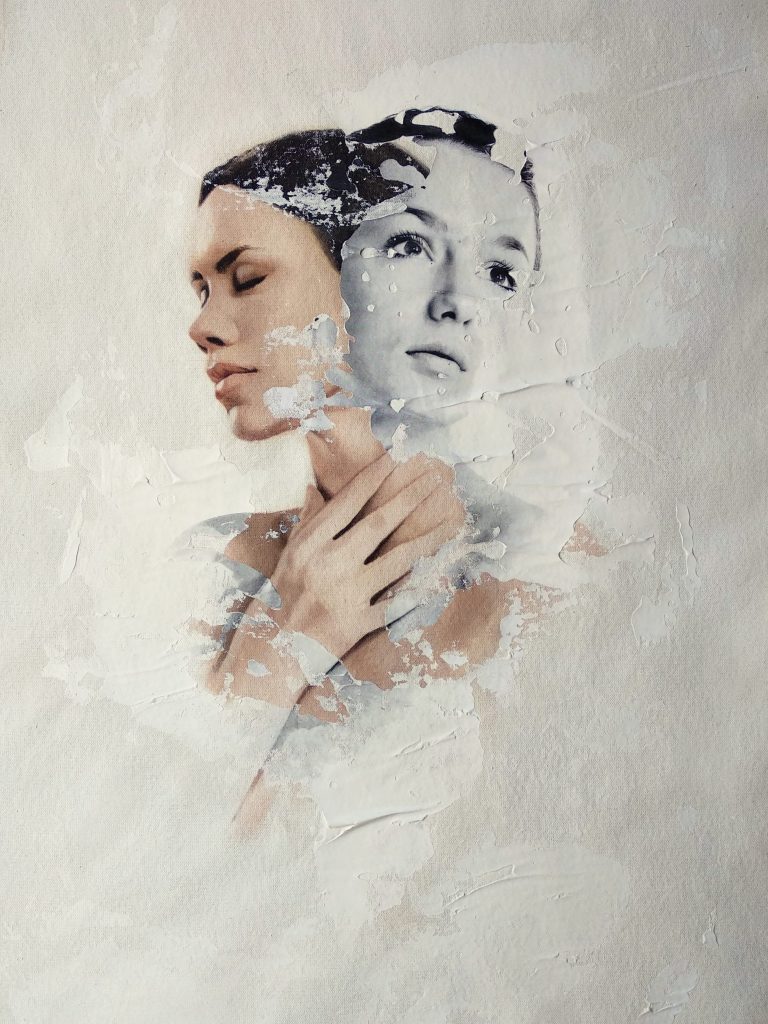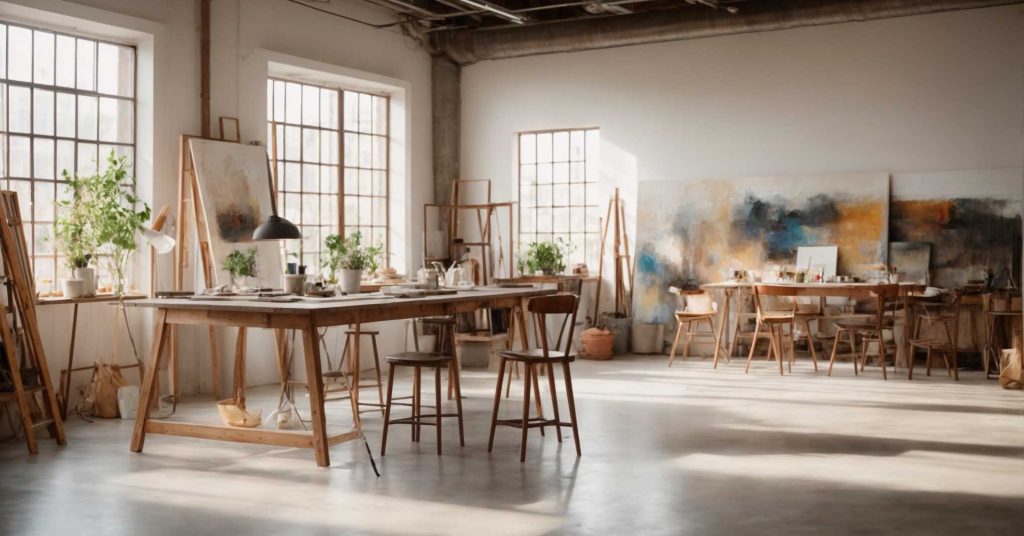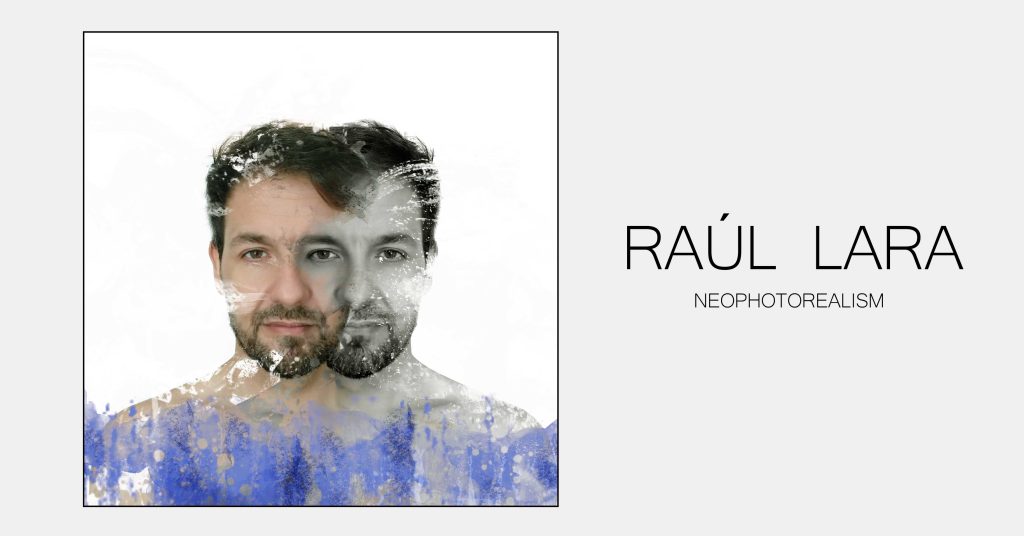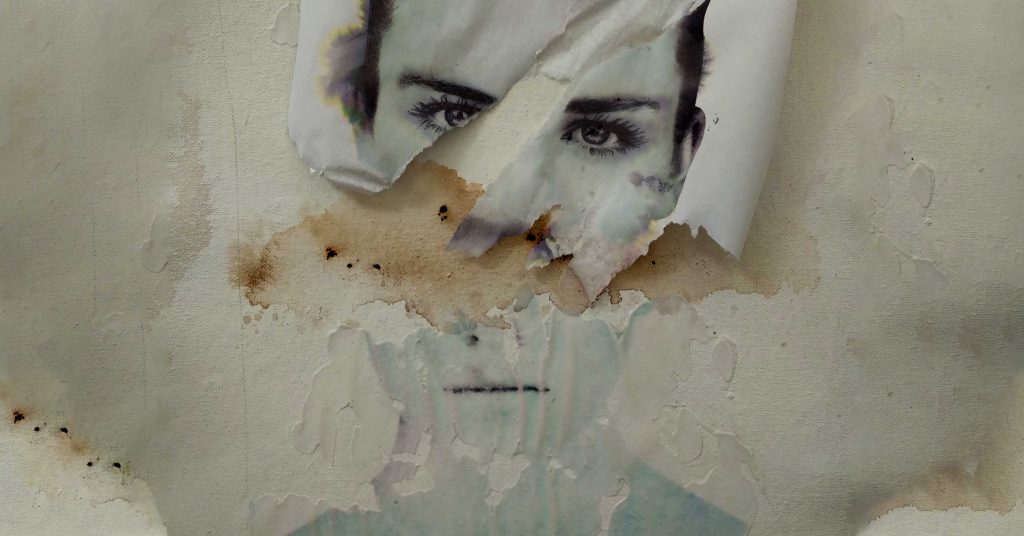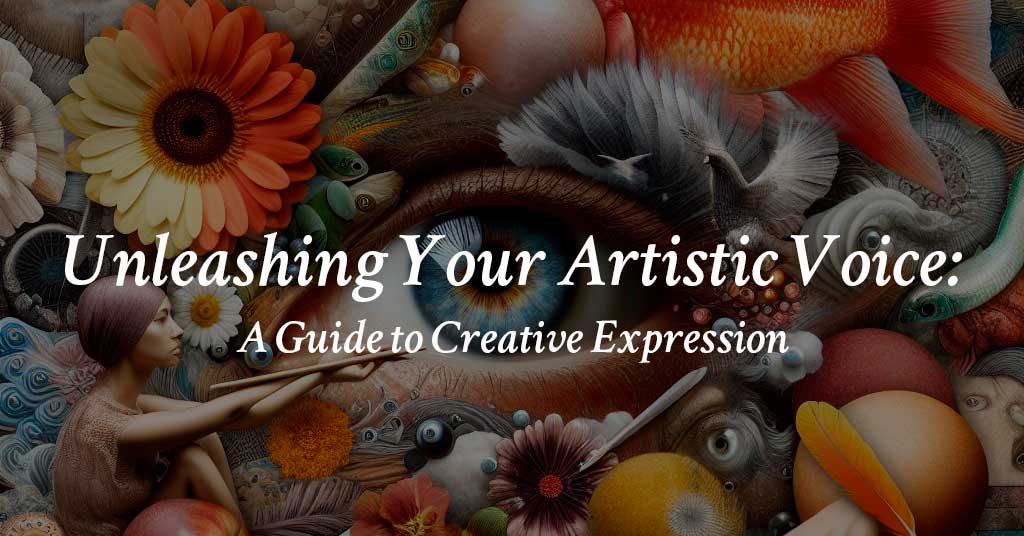
Introduction
Every artist possesses a unique artistic voice, a distinct manner of expressing their creativity through their chosen medium. It’s the essence of their individuality, the fingerprint that sets their work apart from the rest. But how do you find your artistic voice, that special blend of technique, emotion, and perspective that makes your art truly yours?
This guide will take you on a journey of self-discovery, guiding you through the process of uncovering your artistic voice and amplifying it to its fullest potential. Along the way, you’ll explore the importance of embracing your individuality, cultivating your creative identity, and refining your artistic techniques.
Understanding Your Unique Artistic Voice
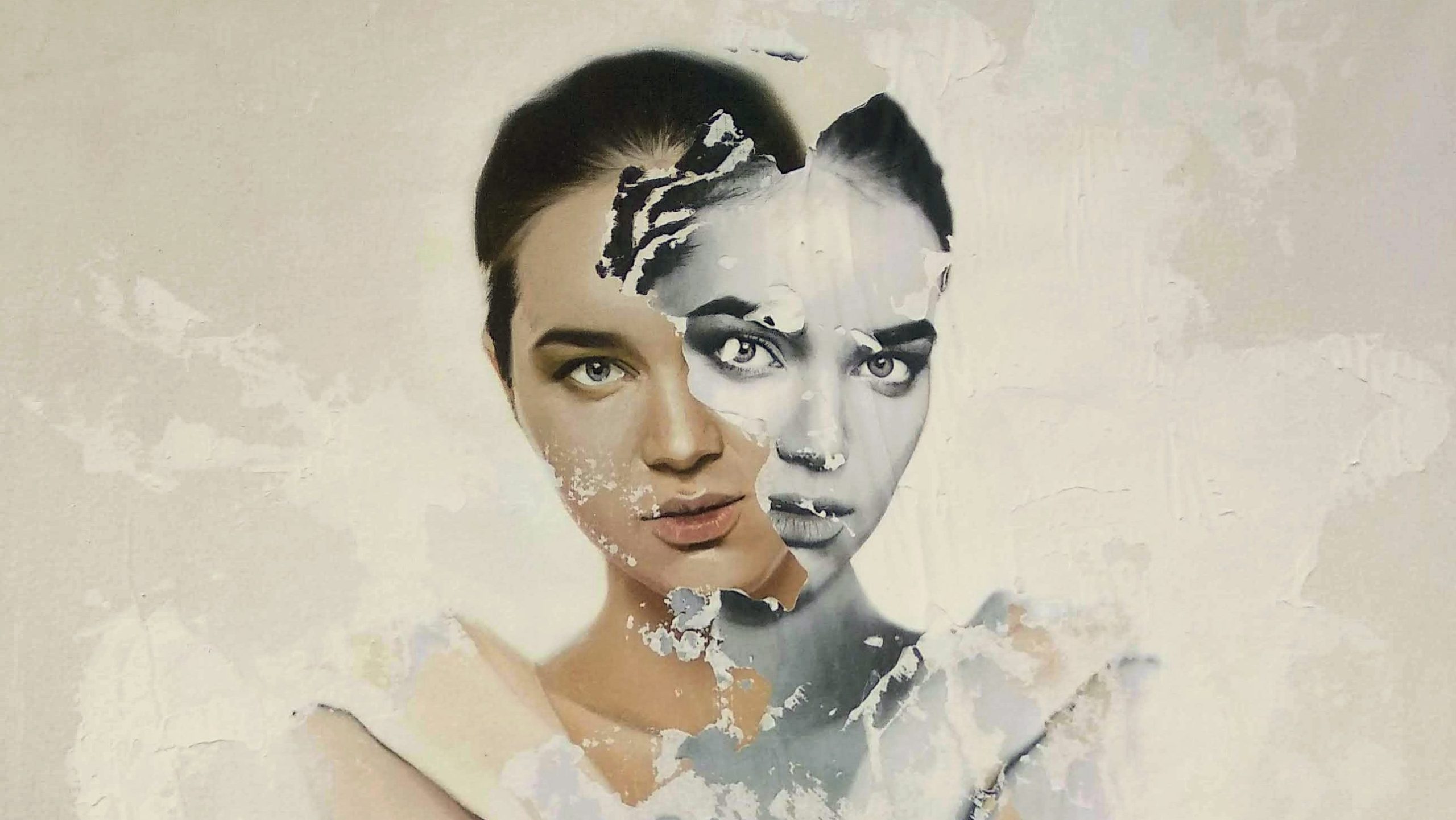

Before embarking on the journey to express your artistic voice, it’s crucial to understand its core concept. Your artistic voice isn’t merely about technical mastery; it’s the profound essence of your creativity, the emotions, perspectives, and ideas that infuse your artwork. It’s the voice that speaks through your brushstrokes, your melodies, your words, or any other medium you choose to wield.
Imagine your artistic voice as a symphony of experiences, painted onto the canvas of your life. Embrace the highs and lows, the laughter and tears, for it is the amalgamation of these moments that shapes your artistic journey. Every stroke narrates a story, and your experiences are the palette from which your masterpiece emerges.
To harness the power of your artistic voice, delve into the world of expertise. Master your craft, delve into techniques, and refine the brushstrokes that resonate with your artistic soul. Expertise isn’t merely about proficiency; it’s about infusing your work with a signature style that mirrors your artistic identity. It’s the finesse that sets you apart in the vast landscape of creativity.
Remember, your artistic voice is a unique fingerprint, an echo of your soul that resonates with the world. Embrace your experiences, cultivate your expertise, and let your artistic voice soar, captivating and inspiring all who encounter it.
Nurturing Your Creative Identity
Your artistic voice is deeply rooted in your creative identity, the core of your being as an artist. It’s the foundation upon which your artistic expression flourishes. To nurture your creative identity, it’s crucial to engage in self-reflection and exploration.
1. Explore Your Passions and Interests: What sparks your creativity? What themes or subjects resonate deeply with you? Delving into these passions will provide fertile ground for your artistic voice to blossom.
2. Experiment with Different Media: Don’t limit yourself to one medium. Explore painting, sculpting, music, writing, or any other creative outlet that piques your interest. Experimentation broadens your horizons and expands your artistic vocabulary.
3. Immerse Yourself in the Art World: Visit museums, exhibitions, and artist studios. Immerse yourself in the works of others, both past and present. This exposure will inform your own artistic perspective and inspire new directions.
4. Connect with Fellow Artists: Engage with other artists through workshops, online communities, or local art groups. Sharing ideas, experiences, and feedback will foster your understanding of your own artistic identity.
Developing a Unique Artistic Voice
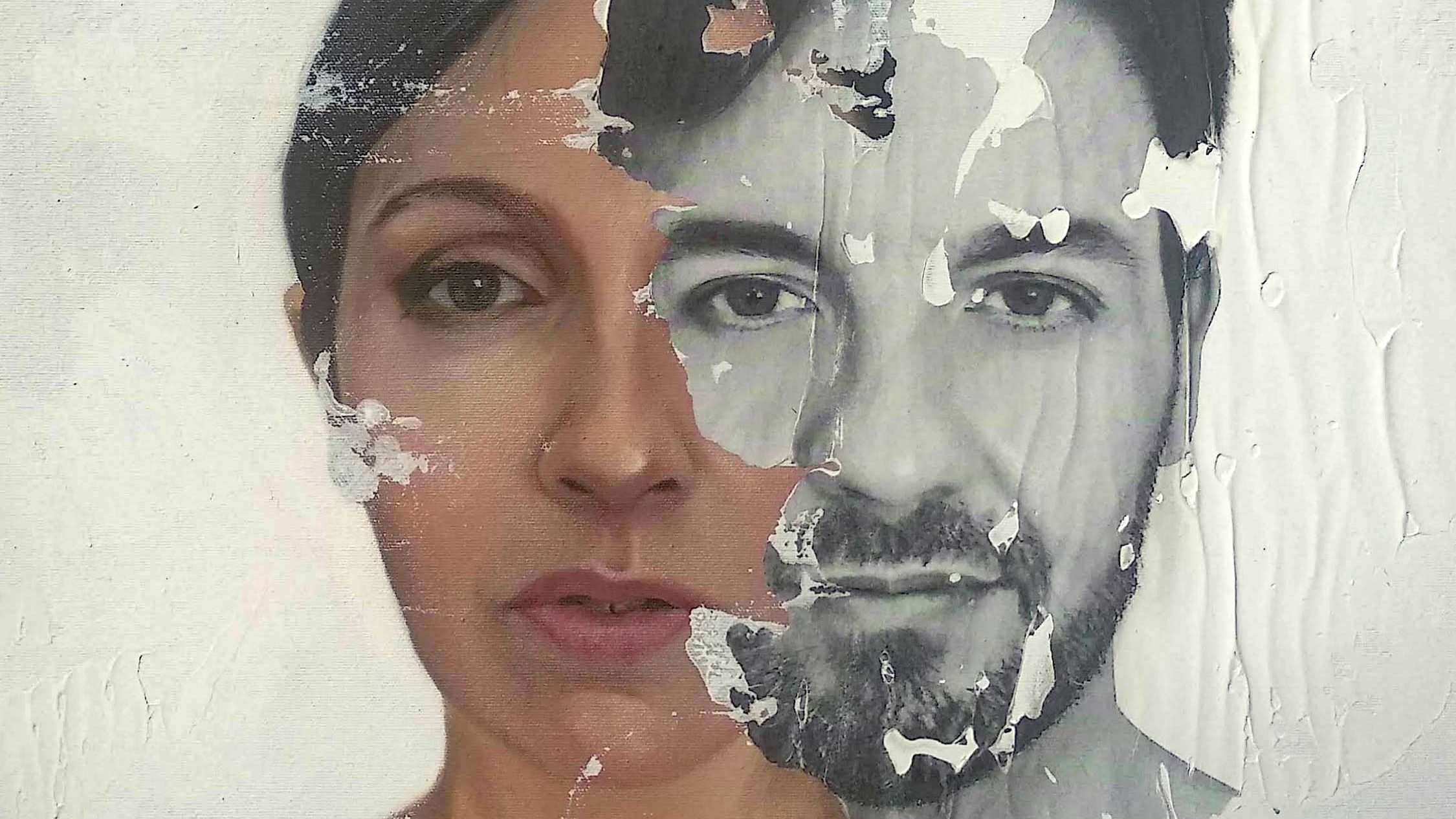

The path to uncovering a distinct artistic voice is a journey of continuous exploration and refinement. It’s about embracing experimentation, self-reflection, and the incorporation of personal influences.
1. Engage in Prolific Creation:
Immerse yourself in the creative process by producing a substantial body of work. This will allow you to identify recurring themes, techniques, and visual elements that define your unique style. As you churn out ideas, you’ll begin to discern the essence of your artistic voice.
2. Embrace Experimentation:
Step outside your comfort zone and venture into uncharted territories of artistic expression. Experiment with diverse techniques, mediums, and art forms. This exploration will broaden your creative vocabulary and unveil hidden dimensions of your artistic identity.
3. Analyze Your Creative Output:
Take a step back from your work and engage in thoughtful analysis. Critically evaluate your creations and identify the elements that set them apart. This process of self-reflection will guide you towards a deeper understanding of your artistic voice.
4. Study the Masters:
Delve into the works of artists who inspire you. By analyzing their styles, techniques, and aesthetic choices, you’ll gain insights into what resonates with you artistically. This knowledge can subtly influence your own approach, contributing to the development of a personal style.
5. Practice, Reflect, and Refine:
Engage in consistent practice, constantly reflecting on your progress and refining your techniques based on self-evaluation. This iterative process of experimentation and refinement is crucial for the cultivation of a unique artistic voice.
6. Embrace Personal Influences:
Recognize and embrace the influences that shape your artistic perspective. Whether it’s a particular artist’s style, a cultural motif, or a personal experience, these influences subtly inform your artistic voice, making it uniquely yours.
Remember, developing a unique artistic voice is a lifelong journey of self-discovery and creative exploration. Embrace the process, experiment fearlessly, and never stop refining your artistic expression. With dedication and passion, your artistic voice will emerge, captivating and inspiring the world.
Neophotorealism: A Mirror to My Artistic Vision
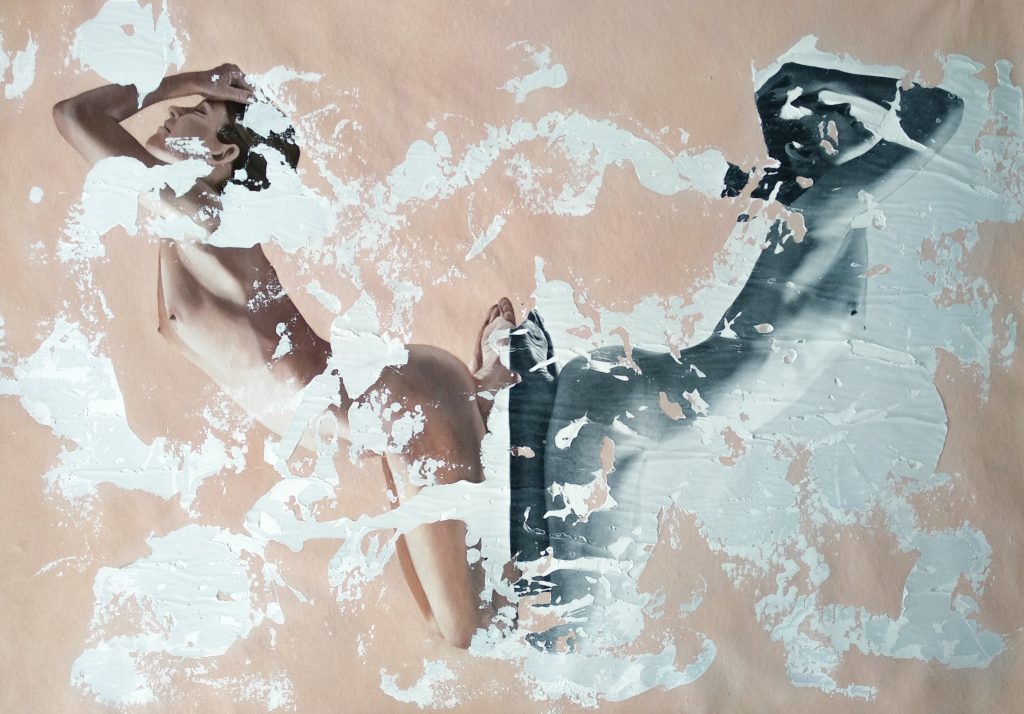

As an artist, I’ve always been drawn to the power of visual storytelling I’ve been always trying to to find my own and distinct artistic voice by embracing experimentation, self-reflection, and the incorporation of personal influences, that’s how Neophotorealism came to life, a groundbreaking technique that seamlessly blends the precision of photography with the expressive freedom of traditional oil painting that allowed me to express myself the way i needed to.
Neophotorealism, allowed me to capture the hyper-realistic textures and details of the real world, while simultaneously imbuing them with my own unique perspective and emotional resonance. Neophotorealism enabled me to create art that was both visually stunning and deeply expressive.
The precision of photography provided a solid foundation for my creative exploration, while the expressiveness of oil painting allowed me to infuse my work with a sense of emotion and movement. I found that Neophotorealism was the perfect tool to express my personal experiences, my deepest thoughts, and my fascination with the human form.
Through Neophotorealism, I’ve been able to explore themes of beauty, emotion, and human connection with unprecedented depth and nuance. My paintings have captured the essence of the female form, revealing the strength, vulnerability, and resilience of women. I’ve also used Neophotorealism to explore social issues, themes of identity, and the complexities of modern life.
Today, Neophotorealism is not just a technique; it’s a reflection of my artistic vision, my passion for storytelling, and my deep connection to the human experience.
Whether through traditional mediums or innovative techniques, the key lies in embracing your individuality and channeling your emotions, thoughts, and experiences onto the canvas. Let your artistic voice resonate with authenticity, and the world will respond to the unique perspective you bring to the art world.
Showcasing Your Artistic Voice


Once you’ve developed your unique artistic voice, it’s time to share it with the world. This can be done through various avenues, from exhibitions and competitions to online galleries and social media platforms.
1. Find Appropriate Platforms:
Choose platforms that align with your artistic style and the audience you want to reach. Consider the visual aesthetics, the target audience, and the platform’s engagement metrics. For instance, if you create intricate and detailed artwork, you might consider platforms like Saatchi Art or Artfinder, where professionals and art enthusiasts congregate. If your work is more personal and expressive, platforms like Instagram and TikTok might be a better fit, where you can connect with a wider audience and share your story behind each piece.
2. Create High-Quality Content:
Invest in high-quality photography or videography to showcase your artwork effectively. Ensure your images are well-lit, properly framed, and free of distractions. Engaging captions and descriptions can further enhance the viewer’s experience. Share personal anecdotes, insights into your creative process, or the stories behind your artwork. This will help viewers connect with your work on a deeper level and appreciate the unique perspective you bring to your art.
3. Engage with Your Audience:
Respond to comments, answer questions, and participate in discussions. Building a community around your work will foster connections and increase visibility. Engage with other artists, art enthusiasts, and potential collectors. Share their work, provide constructive feedback, and participate in online discussions. By being active and engaged on the platforms you choose, you’ll attract more attention to your own work and establish yourself as an active and valued member of the art community.
4. Collaborate with Others:
Collaborate with other artists, designers, or brands to expand your reach and tap new audiences. Collaborations can spark creative inspiration, open doors to new opportunities, and introduce your work to a broader audience. Consider collaborating with photographers, musicians, or writers to create multimedia projects that showcase your unique artistic voice in new and exciting ways.
5. Embrace Persistence and Resilience:
The art world can be competitive, but don’t be discouraged by setbacks. Persistence, resilience, and a genuine passion for your work will eventually lead to recognition and success. Remember, your artistic voice is a unique gift that deserves to be shared with the world. Embrace the journey of self-discovery, experimentation, and growth, and never stop believing in the power of your art to inspire and connect with others.
Conclusion
Unleashing your artistic voice is a journey of continuous growth and self-discovery. It’s about embracing your individuality, refining your skills, and fearlessly expressing your unique perspective. As you nurture your creative identity and explore diverse artistic avenues, your artistic voice will gradually emerge, resonating with authenticity and depth.
Never be afraid to break free from the confines of convention and explore the uncharted territories of your creativity. Embrace experimentation, challenge yourself, and never stop learning. Your artistic voice is waiting to be discovered, waiting to captivate and inspire the world.
FAQs
1. How can I overcome self-doubt and criticism when expressing my artistic voice?
Self-doubt and criticism are common obstacles that artists face. It’s crucial to develop a strong sense of self-belief and resilience. Surround yourself with supportive peers and mentors who appreciate your unique voice. Seek constructive criticism that helps you grow, but don’t let negative feedback hinder your creativity.
2. What if I feel like my artistic voice is not yet fully developed?
The development of your artistic voice is an ongoing process. Don’t compare yourself to others; focus on your own growth and evolution. Embrace continuous learning and experimentation. Your artistic voice will develop with time and dedication.
3. How can I find my artistic niche and target the right audience?
Explore different art styles, mediums, and themes to discover what resonates with you. Pay attention to the reactions of your audience and identify the themes or styles that pique their interest. Your artistic niche will emerge naturally as you refine your style and connect with your audience.
4. What are the benefits of showcasing my artistic voice through different platforms?
Reaching a wider audience through multiple platforms can amplify your artistic impact and help establish your reputation. Each platform offers unique opportunities for engagement and connection with potential supporters and collectors.
5. How can I stay motivated and inspired throughout my artistic journey?
Cultivate a passion for your art and the stories you want to tell. Surround yourself with inspiring art and artists. Attend workshops, exhibitions, and art events for continuous learning and inspiration.

